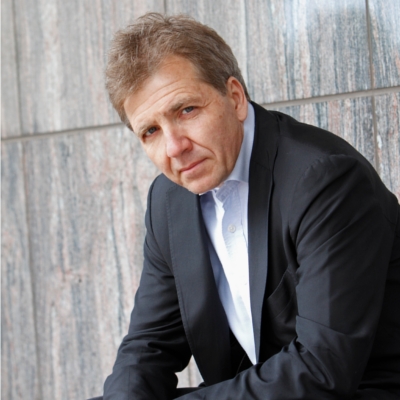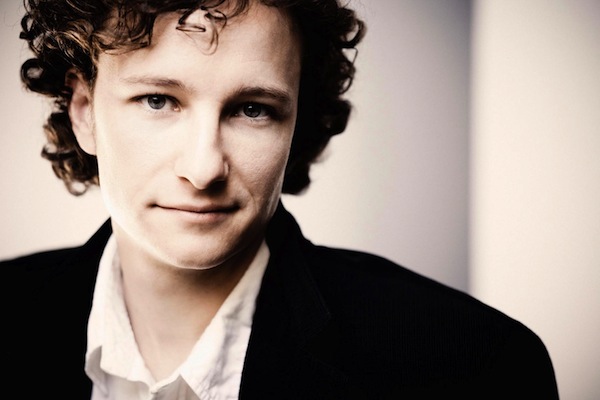Two debuts spark a vivid night at Mostly Mozart Festival
In a resolutely traditional program of Haydn and Mozart at David Geffen Hall, Utah Symphony music director Thierry Fischer extracted a surprising range of colors from the Mostly Mozart Festival Orchestra. Replacing the ailing Andrés Orozco-Estrada–and making his festival debut–the Swiss conductor began with a fleet reading of Haydn’s Symphony No. 59 in A major (“Fire”).
In the opening Presto, the accented octave leaps served as spark plugs, igniting the rest of the movement. Propulsion and high contrast between accents and legatos made an entertaining flight before Fischer and the ensemble glided to a graceful close. The Andante was mellow and demure, with Fischer opting for smoothness—except for the brass fanfare that makes an unexpected entrance.
A pliant Menuetto with an ultra-soft trio section was effective enough to draw some generous applause at the movement’s end. The Allegro assai—light and packed with detail—showed that Fischer took nothing for granted.
In addition to Thierry’s prowess, the news of the night was the Mostly Mozart debut of Martin Helmchen. Born in Berlin, the pianist gave his first United States recital just two years ago at the Kennedy Center in Washington, DC.
In Mozart’s Piano Concerto No. 25, the ensemble began with welcome clarity, before Helmchen made his fleet entrance. Though his sound was not large, it is precise and alluring. His fingers at a Steinway produced results that had the pleasing softness of a fortepiano, matching the dusky tones that Fischer brought out in the musicians. The first movement cadenza, by Martin Hecker, used much of the movement’s previous material but in a new guise.
In the Andante, Helmchen offered simplicity and quiet virtuosity, such as the sequence midway through, when a perfectly executed glissando introduced delightful unisons with the winds. The entire movement glowed as if spun from silk and glass.
Showing no strain whatsoever, Helmchen took off like a shot with Fischer’s ticklishly fast tempo in the Allegretto. Always balanced and never overwrought, Helmchen showed the playful side of this majestic concerto, with Fischer masterfully encouraging the orchestra in light and dark episodes. The passage for the soloist against the flute and oboe highlighted the pianist’s sensitivity, and as before, Fischer coaxed more variety from the musicians than one might expect. Helmchen’s sparkle in the closing pages made one wish it could go on forever.
After the light and shade of the concerto, it was a tribute to Fischer that Mozart’s evergreen Symphony No. 40 proved as engaging as it was. Fischer took the opening rivulets seriously, making them fresh and slightly mysterious. The demure second movement boasted bird-like winds in charming solos, helped by the conductor slightly holding back the orchestra.
Fischer lifted the Menuetto up from potential torpor by conducting each measure of three in a single upbeat, increasing buoyancy. The placid trio section was lovely, but sounded almost benign next to the muscular outer movements.
In the finale, when the familiar motif sneaks in at every opportunity, Fischer found genial humor and made each reappearance count.
In some hands, these repetitions can evoke the image of a nagging guest. Under Fischer’s baton, that potentially irksome person morphed into an endearing dinner companion.
The program will be repeated 7:30 p.m. Wednesday. mostlymozart.org

